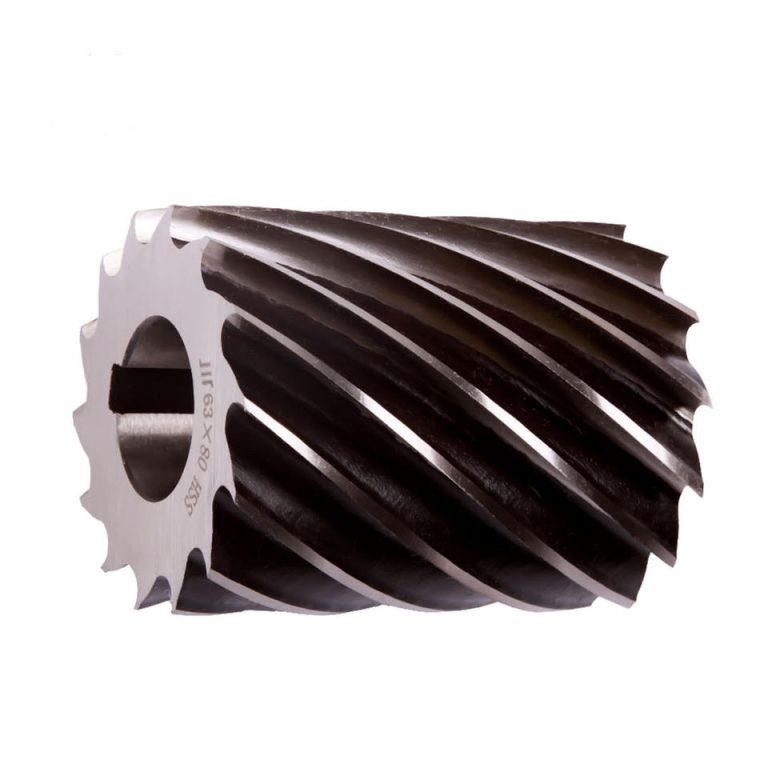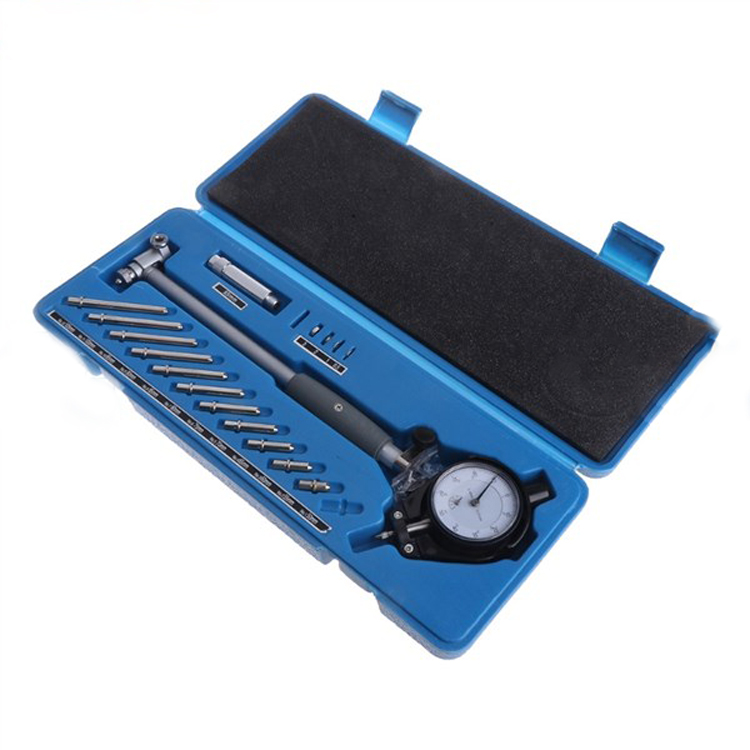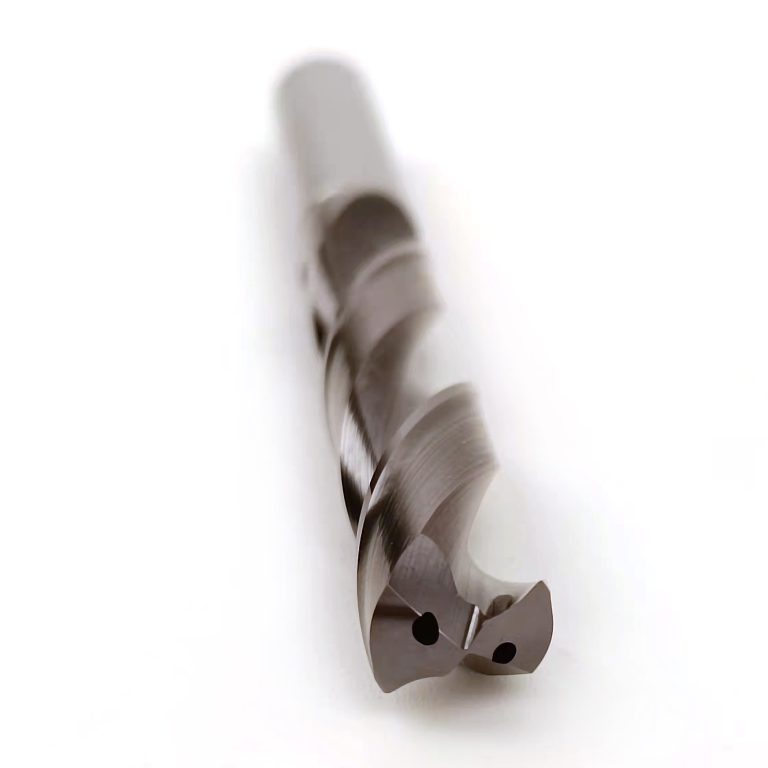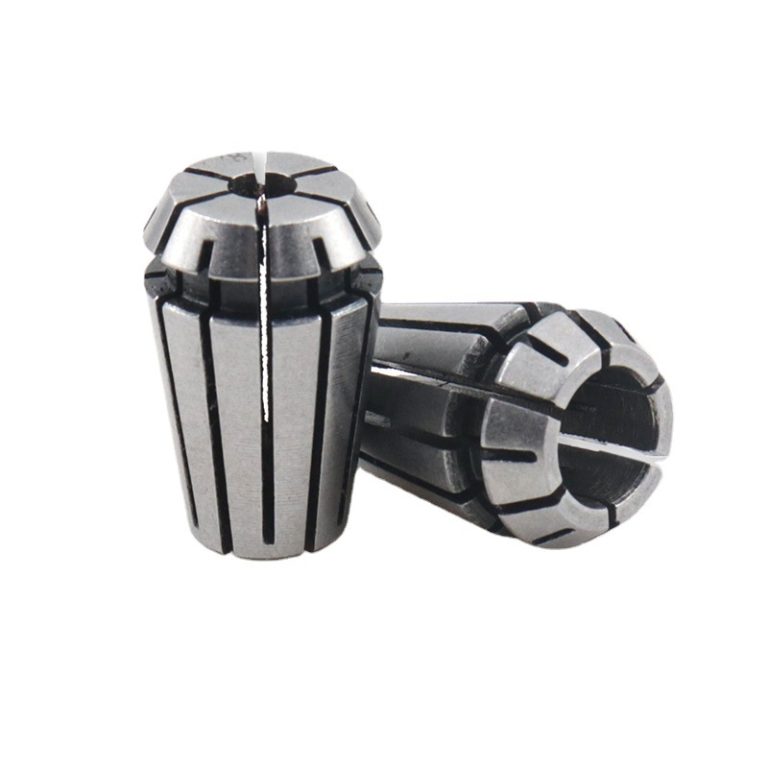Introduction to rotary files
Introduction to rotary files
Until the mid-1980s, most rotary files were manufactured by hand. With the increasing development of computer numerical control technology, automated machines have begun to become popular, relying on them to carve rotary files of any groove shape, and to adapt them to specific cutting requirements by trimming the tail end. The best performing rotary files are made on CNC machines.
use
Carbide rotary files have a wide range of uses and are used in industrial sectors such as machinery, automobiles, ships, chemicals, and craft engraving, with remarkable results. The main uses are:
(1) Finishing machining of various metal mold cavities, such as shoe molds, etc.
(2) Craft engraving of various metals and non-metals, and engraving of craft gifts.
(3) Clean the flash, burrs and welds of castings, forgings and weldments, such as machine foundries, shipyards, automobile factories, etc.
(4) Chamfering, rounding and groove processing of various mechanical parts, cleaning pipes, and finishing the inner hole surface of mechanical parts, such as machinery factories, repair shops, etc.
(5) Polishing of the impeller flow channel, such as in automobile engine factories.
Features
Carbide rotary files mainly have the following characteristics:
(1) It can arbitrarily cut and process various metals (including hardened steel) and non-metallic materials (such as marble, jade, bone) below HRC70.
(2) It can replace the small grinding wheel with handle in most jobs without dust pollution.
(3) The production efficiency is high, dozens of times higher than using a manual file, and nearly ten times higher than using a small grinding wheel with a handle.
(4) The processing quality is good, the finish is high, and high-precision mold cavities of various shapes can be processed.
(5) Long service life, ten times more durable than high-speed steel cutting tools, and more than 200 times more durable than alumina grinding wheels.
(6) It is simple and convenient to use, safe and reliable, can reduce labor intensity and improve the working environment.
(7) The economic benefits are greatly improved, and the comprehensive processing cost can be reduced dozens of times.








